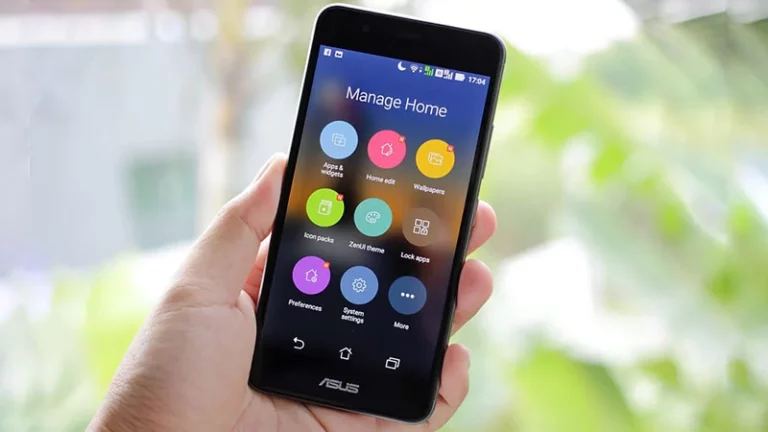7 steps of Mobile App Development Process
Mobiles have become the go-to device for information consumption and a myriad of other activities. Research and studies state that mobile apps account for more than 50% of overall time spent consuming digital media. Another study suggests that 85% of consumers prefer a native mobile app rather than a mobile-responsive website.
These statistics reinstate the importance of mobile app development in recent times as mobile apps have become the easiest marketing tactic to reach out to a potential audience base, keep the existing consumer base intrigued and scale up sales and business ROI.
Despite the wide-scale adoption of mobile apps, the mobile app development process still remains a mystery. Confused, right? Yes, there are a plethora of best practices, guidelines and online resources that offer insights into the mobile app development process. Still, the success highly relies on the actual planning and error-free execution of each of these stages.
7 Steps of Mobile App Development
Goal Setting:
It is the most crucial step in mobile app development and encourages the core team to answer questions such as
- What problem (s) the app is intended to address
- What are the primary and secondary features
- What is the unique differentiating factor or value proposition of the app
The relevant and appropriate responses to the above questions set the stage for initiating the app development.
Story boarding:
Many of you might wonder how storyboarding is related to app development. Well, why not? Like a storyboard, the development should have a clear imaginary view of the app’s look and feel and the set of features the app must possess. As in the storyboard, the viewer or listener goes through a journey, the app’s functioning also runs a predefined course of action. So, get started with sketching your app’s journey.
The essence of this step is to ensure the synchronization between the app’s look and feel and its functionality and flag concerns if any. It is highly advised for the app developers to offer the navigation structure for the app, focus on delivering seamless and consistent user experience.
Back-end Development:
The app’s wireframes and storyboard serve as the essential guide to define the back-end structure for your app. This is the phase where the developers have to take the key aspects into consideration such as the application program interfaces (APIs), data diagrams, servers, data integration and push notification capabilities of the app. Mobile backend as a service (BaaS) plays a pivotal role in solving challenges of scalability and covers up the bases in case of lack of in-house resources.
This phase is susceptible to technical limitations that may lead the developers to modify the wireframe up to a certain extent. This is not a concern for you if you are leveraging the rapid application development model or framework for developing your app.
Prototype Finalization:
This is the phase during which the entire app development team and the client must agree on the wireframe and storyboard. Once the consensus is obtained, the app development team can start building an interactive prototype. Developers evaluate the design concepts, identify the deadlinks or interruptions in the usability of the app.
App Development:
During this phase, developers need to set up storage solutions, databases, APIs, and servers for the app’s backend development. If not already done, they should look into the app store guidelines that they are planning to distribute their app.
Testing:
Now that the app is ready with graphics and texts, the time comes to test out the app’s functionality in various real-time scenarios. This will enable the developers to actually gauge the gap between expectation and reality. It is always wise to identify underlying issues concerning the app’s UX aspect or a particular functionality at the testing phase so that the bugs can be fixed before the app is being rolled out to its intended audience.
Launching:
This phase in the app development process is the most crucial phase as it ensures the ultimate success or failure of the app. No matter how much effort and resources have been invested in the app making process, a misstep in marketing the app to its intended audience base is going to cost the entire process.
The app development team must work in unison with the marketing team to promote their app in a meaningful and unique way while highlighting the value proposition of it. Because, without the unique value proposition, the app is going to be lost in the crowd.
For more queries on the mobile app development process, get in touch with the experts at Intuz, today!







